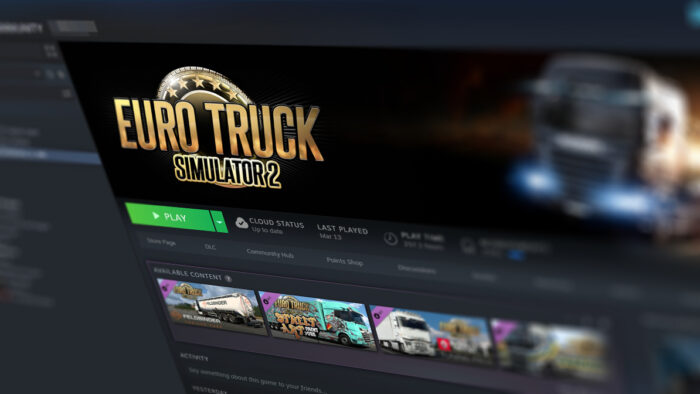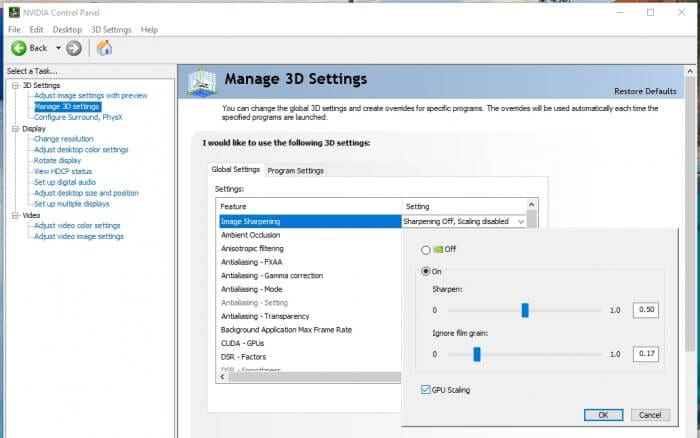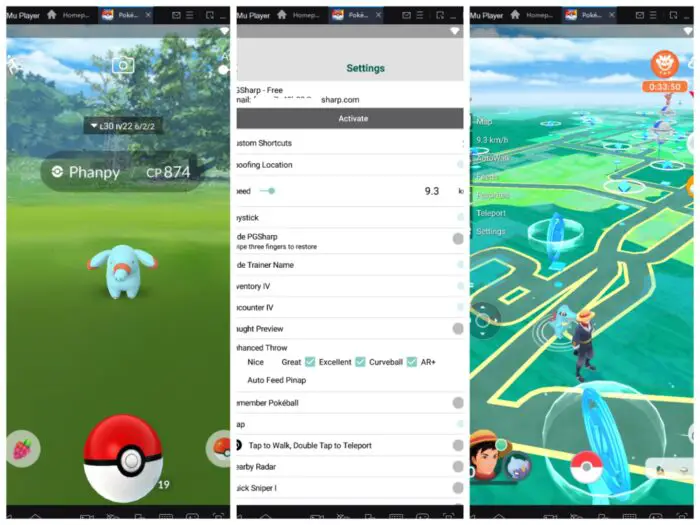- Video game translation is essential for reaching the massive 3+ billion global gaming audience.
- It goes beyond simple translation, adapting games linguistically and culturally for target markets.
- Costs range from $0.06-$0.15 per word for freelancers to 20-40% more for agencies, enabling greater revenue through global reach.
According to the Exploding Topics statistic report, almost 3.09 billion active video game players are available around the world. This is one-third of the world’s population, and the number is expected to reach 3.32 billion by the end of 2024. Therefore, as the number of players is rapidly increasing, it puts great pressure on gaming companies and developers to come up with player-centric games. That makes translating video games crucial and increases the need for video game translation services.
A perfectly translated game proves a jackpot for developers to make more money by expanding their reach to a global audience. Moreover, it gives the players an exceptional experience, as the game completely resonates with their linguistic and cultural backgrounds.
In this article, we will dig deep into what video game translation is, how it works, and how much it costs to translate a game in 2024. So, let’s begin.
Table of Contents
What is Video Game Translation?


Video game translation is the process of making the game’s content, such as dialogues and packaging language, adaptive to the target audience. However, it is not just like the typical conversion of words. The purpose is to make the game meaningful and accessible to global audiences by making it emotionally, linguistically, and culturally resonant.
Localization is the advanced mode of translation. It includes translating and localizing idiomatic expressions, in-game announcements, UI, and game descriptions. Here are the elements of video games that need translation:
- Culture: Make your game culturally accurate to comply with your audience’s expectations. For example, in China, you cannot show skulls or blood in games. And in Australia, you cannot depict drugs, alcohol, and bars.
- Language: Make your game easily accessible and understandable for diverse audiences. Moreover, translate the game’s content into their target audience’s local language. The components that need translation include manuals, menus, and dialogues.
- Legal Requirements: Make your game age-specific by ensuring the game’s content meets required ratings according to each country’s licensing restrictions.
- Technical Elements: Adapt the game’s software and hardware according to regional requirements.
- Graphics: It includes adapting scenes, backgrounds, and characters to help players immerse themselves in the game.
- Music: Localizing dialogues, songs, and melodies into different languages to comply with diverse audiences.
How Does Video Game Translation Work?
Video game translation is a complex process that cannot be done without the assistance of a translation agency. As mentioned above, it is not a word-to-word translation. Therefore, it is about adapting the whole game experience for a diverse audience with different linguistic and cultural backgrounds. Here is the breakdown of the game translation process:
1. Understanding the game
The first step in the game localization process is to develop an understanding of the game’s genre. The translation team can familiarize themselves with the game by playing it. Moreover, they can read scripts and game manuals to understand the game’s tone and style.
2. Identify content
Going through the game thoroughly will help them to identify all the content that needs translation, including:
- User interface, text, menus, and buttons
- Dialogues, both written and spoken
- In-game descriptions and details
- Manuals, marketing, and packaging materials
3. Linguistic and cultural adaptation
Now, translators have all the details and specifications to get their hands on the translation work. But, as you know, we are not doing just typical translations here. So, they consider references, humor, and cultural nuances of the target language to resonate the content with the target audience.
4. Technical integration
Well, you cannot disturb the original structure and format during translation. So, the translated text should fit the default frame size and character limit, and subtitle timings must be accurate.
5. Quality assurance
Once the translation is done, translators should test everything to ensure accuracy and functionality and that the game perfectly complies with the requirements.
How Much Translating a Game Costs in 2024?


The main concern of many gaming companies and developers is how much it costs to localize a game. However, there is no certain cost, as it highly depends on the game’s genre, content size, and the source you choose to localize your game. There are two main ways to localize your games: freelance translators or video game localization agencies.
If you specifically ask about freelance game translators, they usually offer localization services for $0.06–$0.15 per word. And the aftermath are $20–$40 per hour. However, keep in mind that the price may vary depending on the language, region, and specialization of the freelancer.
On the other hand, hiring a game translation agency can cost you more than a freelancer. The cost may rise by 20 to 40 percent. However, if you choose an agency over freelancers, you do not put extra effort into finding multiple translators, as you can find multiple translators under the same roof.
Taking Away
Game translation is the doorway for gaming companies and developers to expand their reach to global audiences. So, you can generate more money by investing in the game translation. It linguistically and culturally adapts your game to resonate with the target audiences. They can easily access and understand the game’s concept, resulting in an excellent gaming experience.







